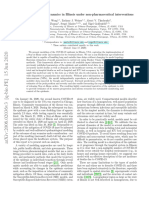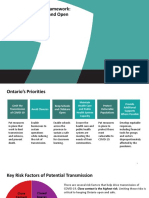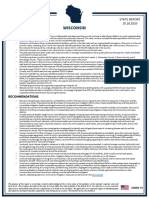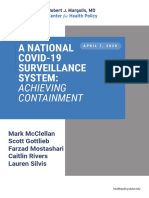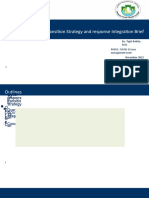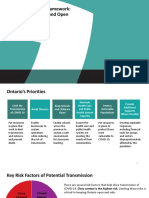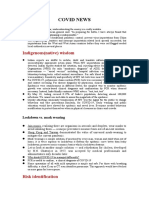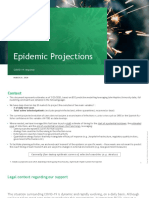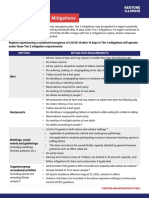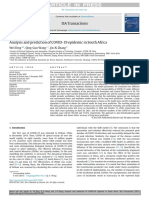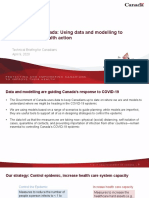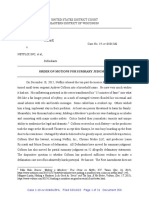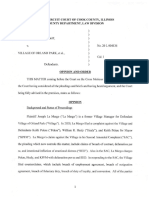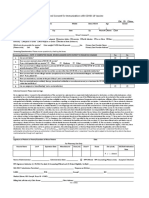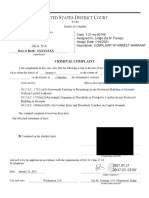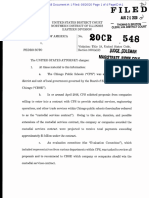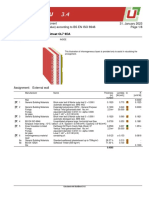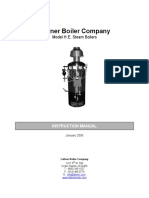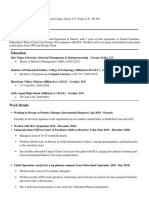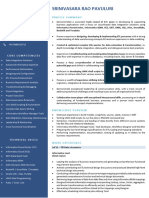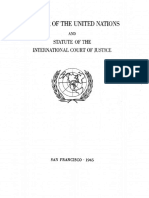0% found this document useful (0 votes)
97 views25 pages(FINAL) May 9 2020 Modeling Update
The document provides an update from the Illinois COVID-19 Epi-Modeling Task Force. It summarizes updated model projections for the state of Illinois and the four health regions defined in the Restore Illinois plan. The models predict the peak may be later than previously expected and that hospital resources will likely be sufficient if current mitigation measures remain in place. However, relaxing restrictions too soon could lead to a second wave of cases and deaths in each region. The task force recommends robust surveillance and outbreak control if reopening begins in the next few weeks.
Uploaded by
Shannon McCarthy AntinoriCopyright
© © All Rights Reserved
We take content rights seriously. If you suspect this is your content, claim it here.
Available Formats
Download as PDF, TXT or read online on Scribd
0% found this document useful (0 votes)
97 views25 pages(FINAL) May 9 2020 Modeling Update
The document provides an update from the Illinois COVID-19 Epi-Modeling Task Force. It summarizes updated model projections for the state of Illinois and the four health regions defined in the Restore Illinois plan. The models predict the peak may be later than previously expected and that hospital resources will likely be sufficient if current mitigation measures remain in place. However, relaxing restrictions too soon could lead to a second wave of cases and deaths in each region. The task force recommends robust surveillance and outbreak control if reopening begins in the next few weeks.
Uploaded by
Shannon McCarthy AntinoriCopyright
© © All Rights Reserved
We take content rights seriously. If you suspect this is your content, claim it here.
Available Formats
Download as PDF, TXT or read online on Scribd
/ 25
